
So you are ready to get dyeing yarn and fiber. It is hands down the most frequently asked question I get at UrbanGypZ. It is also a series of classes that I am working up as an offering. I am so excited to share with you guys.
I also knew that I needed to emphasize the need for some studio safety and some considerations you should have when pulling your supplies together and setting up your space. today I want to touch on some major considerations you should have when setting up your space. And some of the first steps for you to take to get ready
Where will it all go down
This is a big deal. However you do not need some crazy dye kitchen with equipment (one can dream…). Most of us are stuck with the options of a standard kitchen, maybe a garage or carport, and maybe some back yard space. You might have a nice basement space with a utitily sink.
No matter where you decide to play, the absolutely most important thing the space should have is ventilation.
I am talking a way to move steam riddled with dye chemicals out and fresh air in. A stove hood is great, a window with a fan is great. Outdoors is ideal. You will also need water access with a hot water hook up. Like a normal sink. I personally do not like using a utility sink because they are way too deep for my short body frame. When rinsing yarn and fiber, the less I have to bend over to reach the bottom of the sink, the better for my back. Washing and rinsing in smaller batches is way more manageable and will prevent felting. You also do not need a stove in your space, although I will go into techniques you can do with your stove and oven. You will need a heat source, but we will go into the different options as they pertain to each class. You will need room to work (like a big table) and space to hang drying skiens and fiber. I often dry mine outside, in the sun on a laundry rack.
Buy this stuff first
Get a really good comfortable face mask. I use this one. This is super important when it comes to mixing your dyes. The dry dye particles are not something you want to breath in. You also will need some gloves. These are just fine, I like these even better(super cheap and disposable). I also love these. Grab an apron, or some dedicated clothing you’d can wear when dyeing. Get a tube of this stuff. It will scrub the dye off your hands. But honestly anything exfoliating will work. Just not sure if my expensive facial scrub is what I would rather use.
Covering surfaces to protect them. When covering surfaces. You not only want to protect them from the dye, you also want to keep the dye from becoming airborne, staining something you don’t want stained. Or worse yet, once again, becoming something you can breathe in. I would suggest investing in a sturdy shower curtain liner (the plastic is stronger and more flexible than drop cloths). Layer sheets of news paper over the shower curtain liner and wet the newspaper with a spray bottle filled with water. This will keep dye powder from becoming airborne if it hits the surface. It will also prevent dried drops of dye from becoming powder again. You will dispose of the newspaper after each dye session (pro tip: those dye stained newspaper sheets make awesome art journaling papers).
If you are dyeing in your kitchen. You are going to have to be extra careful if you have Formica counters and vinyl flooring. They stain so easily. Consider handling dye powder elsewhere if you do. I would use blue painters tape to tape drop cloths to your base boards to protect your floors.
How to schedule your dye sessions.
I found out the hard way that it is not healthy to dye yarn in long sessions day after day. As vigilant as you may be, you will be exposed to dye chemicals. Your body will need a break in between sessions. So, even though you may feel fine. Give your body an opportunity to reset. Drink lots of water and take walks in the fresh air breathing deeply. Get lots of rest. Aim for no more than twice a week. Once a week is even better. This is really important. Don’t skip this.
Art journaling your adventure
If you follow me at all, you know I am really big on keeping an art journal especially if you are creating a body of work. And no matter how you decide to keep your art journal, you will want it to hold inspirations and or to take notes of what you did with snippets of yarn and fibers for reference. I have to admit I rarely kept dye notes, but did keep dye inspirations and note for working out colorway ideas. In this learning phase either way you will want record of what is and is not working either visually or technically. So go ahead and found that dedicated book. I will talk more in the classes about what you can journal for that class.
Up coming classes
When I sat down to hammer out this offering, there were so many things I could teach. There are a million different ways to dye yarn and fiber. And there is also a set of basic information that will apply across all methods. The basics are super important as are the safety concerns. And I really want you to have that information no matter what. I am going to give you some super across the board basics. Kind of like my weaving series, it will be enough for you to dive into dyeing on a super basic level. I will offer more in depth techniques and more dye theories that are illustrated by the individual techniques. These lessons will help you dive deeper into observing how dye and fiber react in different ways, really learn how to use those observation to find unique colorways that are an expression of your art and hopefully spark other ways you can adapt that info to your own methods. I think individual techniques classes will let you pick and chose what you want to learn, as well as keep classes as affordable as you need them to be. And honestly it will give me the space to deliver thoughtful thorough information to you.
And of course, If you want to get notice when the dye classes go live, sign up here
Sign Up for the UrbanGypZ Fiber Arts Collective
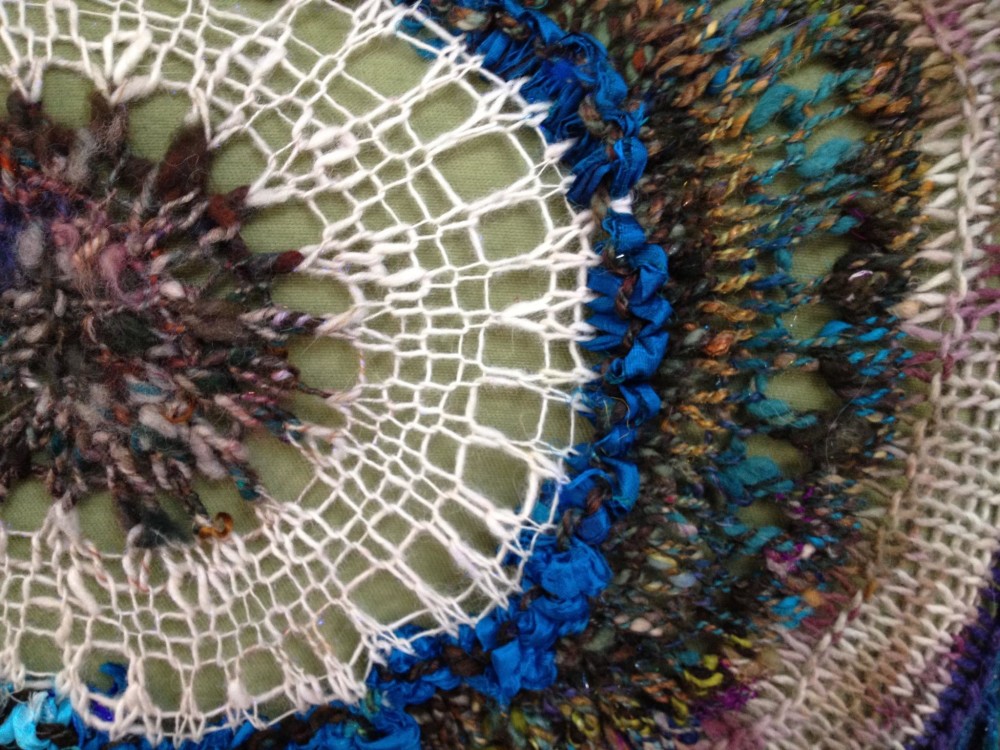

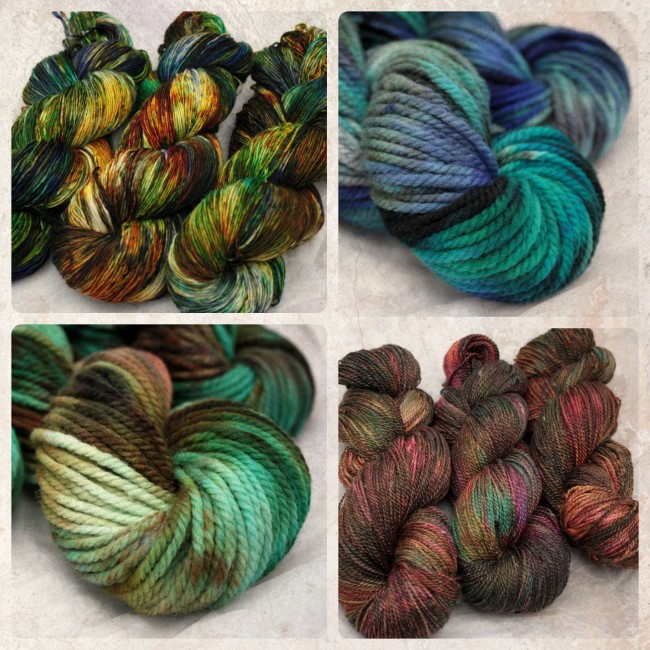
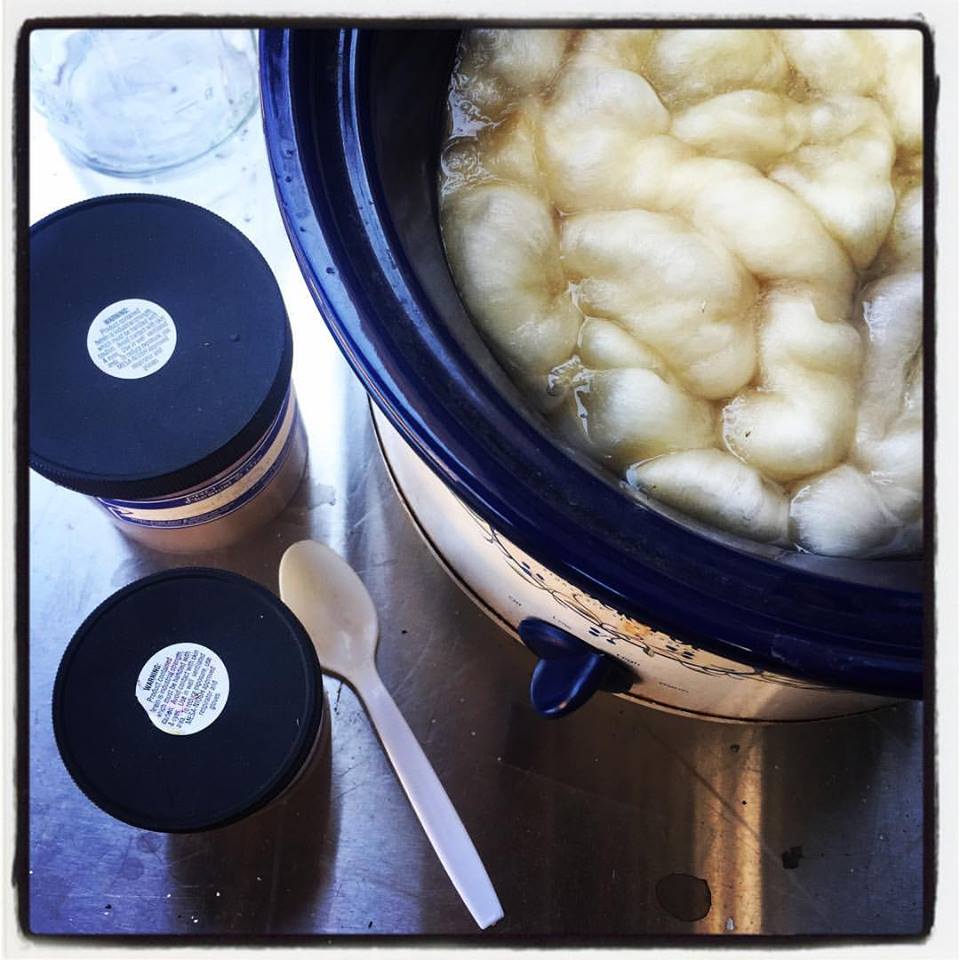
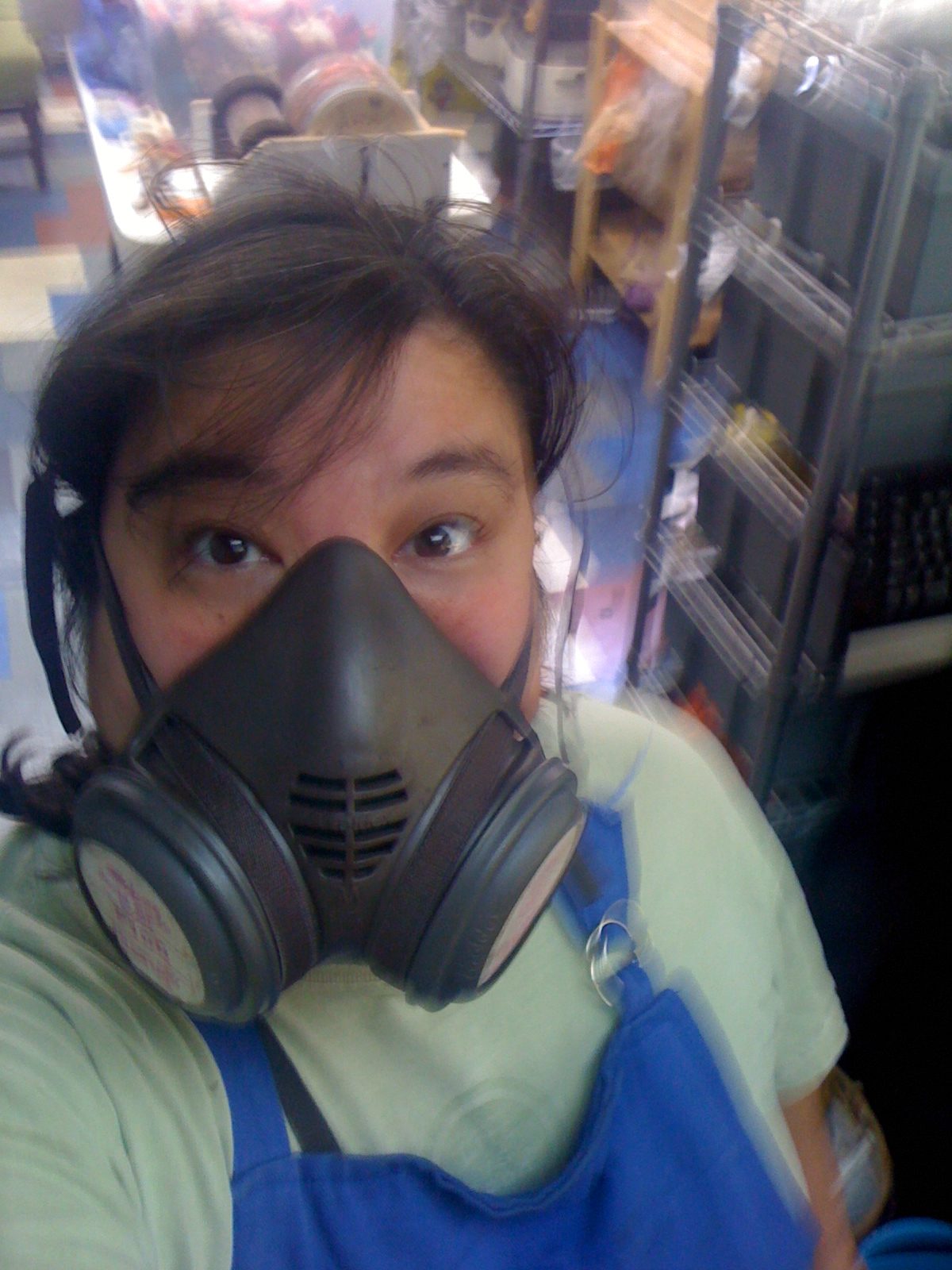

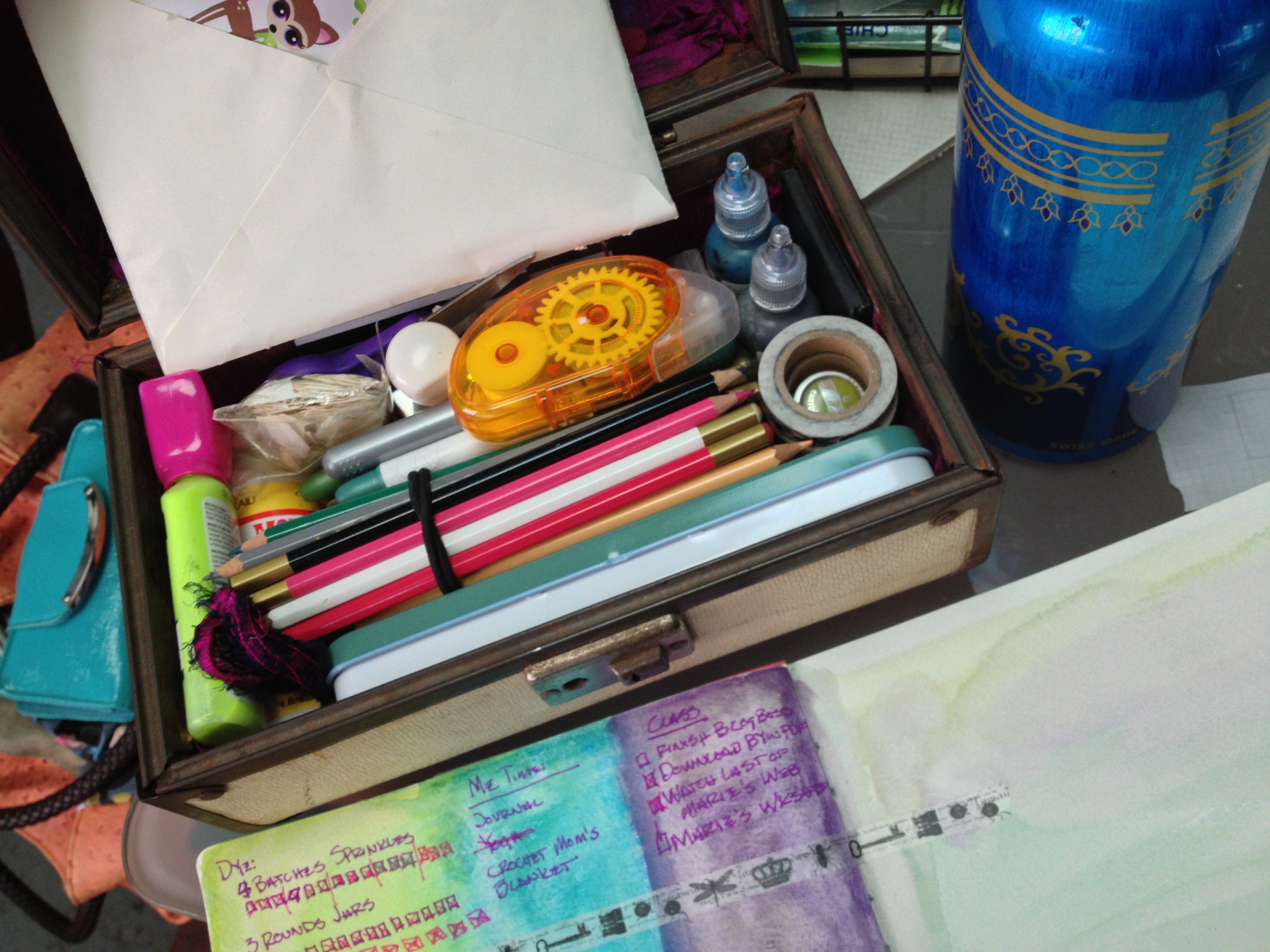
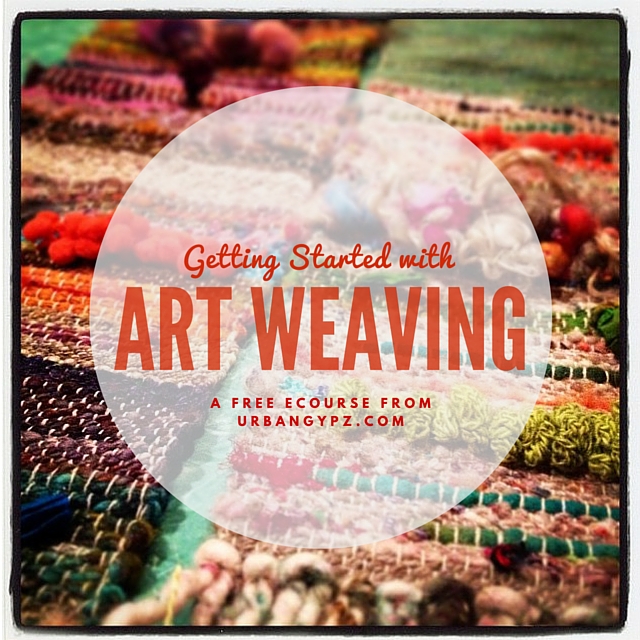
 Fiber artist Stacey Budge-Kamison AKA UrbanGypZ lives and works in Cary NC. She can also be found knitting in public, hammering out her latest e-course at local cafés and spinning yarns in her booth at her favorite arts festivals. A designer at heart, Stacey has decided that her mission is to help fellow knitters, crocheters, weavers and felters embrace their own style and creativity by exploring fiber art as it is a part of their everyday life and helping them embrace the title of artist no matter where they are in their journey.
Fiber artist Stacey Budge-Kamison AKA UrbanGypZ lives and works in Cary NC. She can also be found knitting in public, hammering out her latest e-course at local cafés and spinning yarns in her booth at her favorite arts festivals. A designer at heart, Stacey has decided that her mission is to help fellow knitters, crocheters, weavers and felters embrace their own style and creativity by exploring fiber art as it is a part of their everyday life and helping them embrace the title of artist no matter where they are in their journey. 
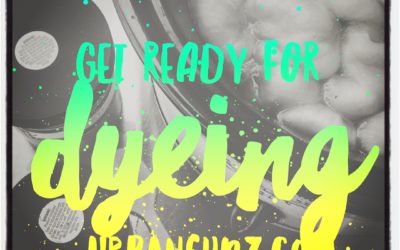
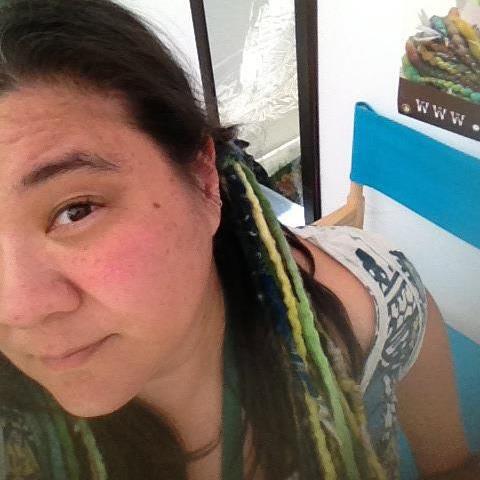

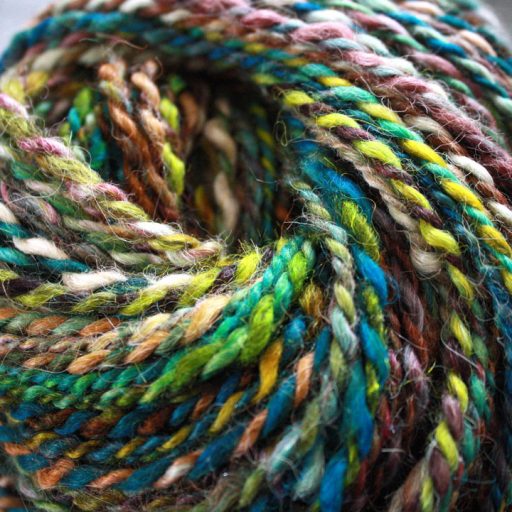


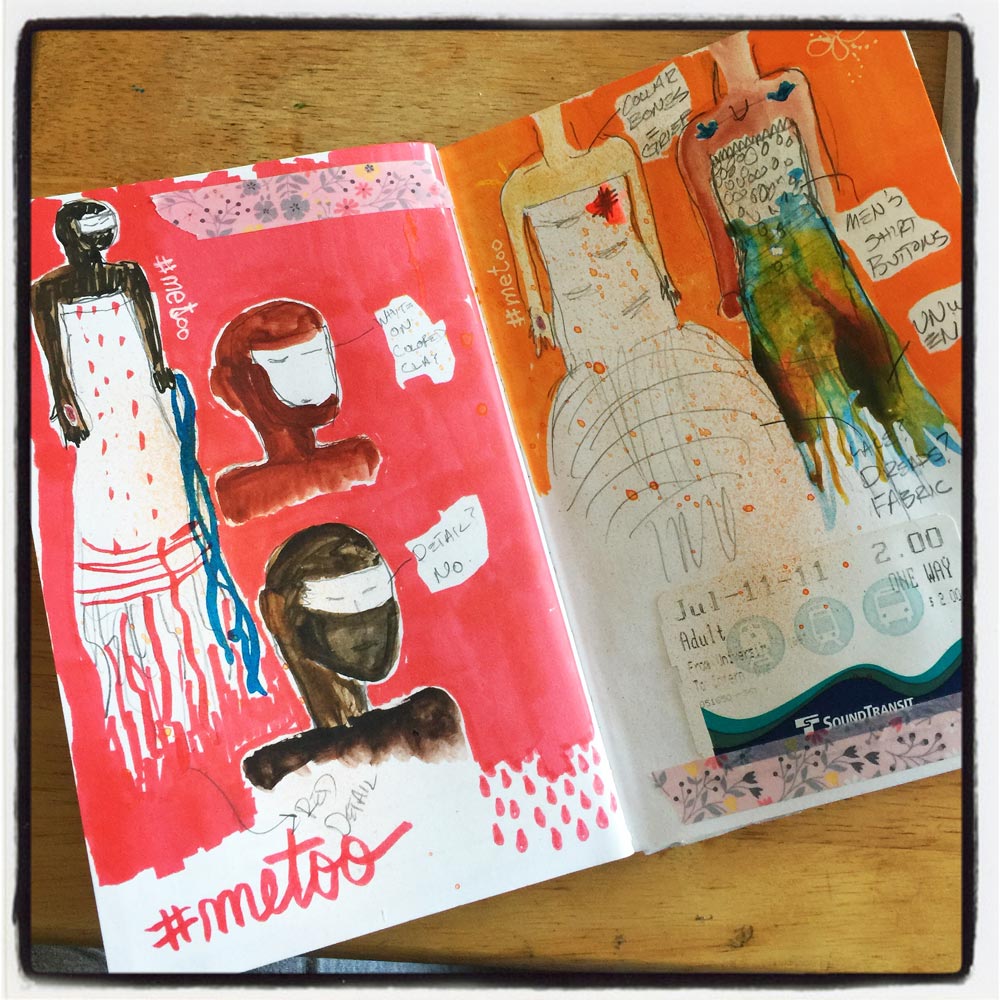
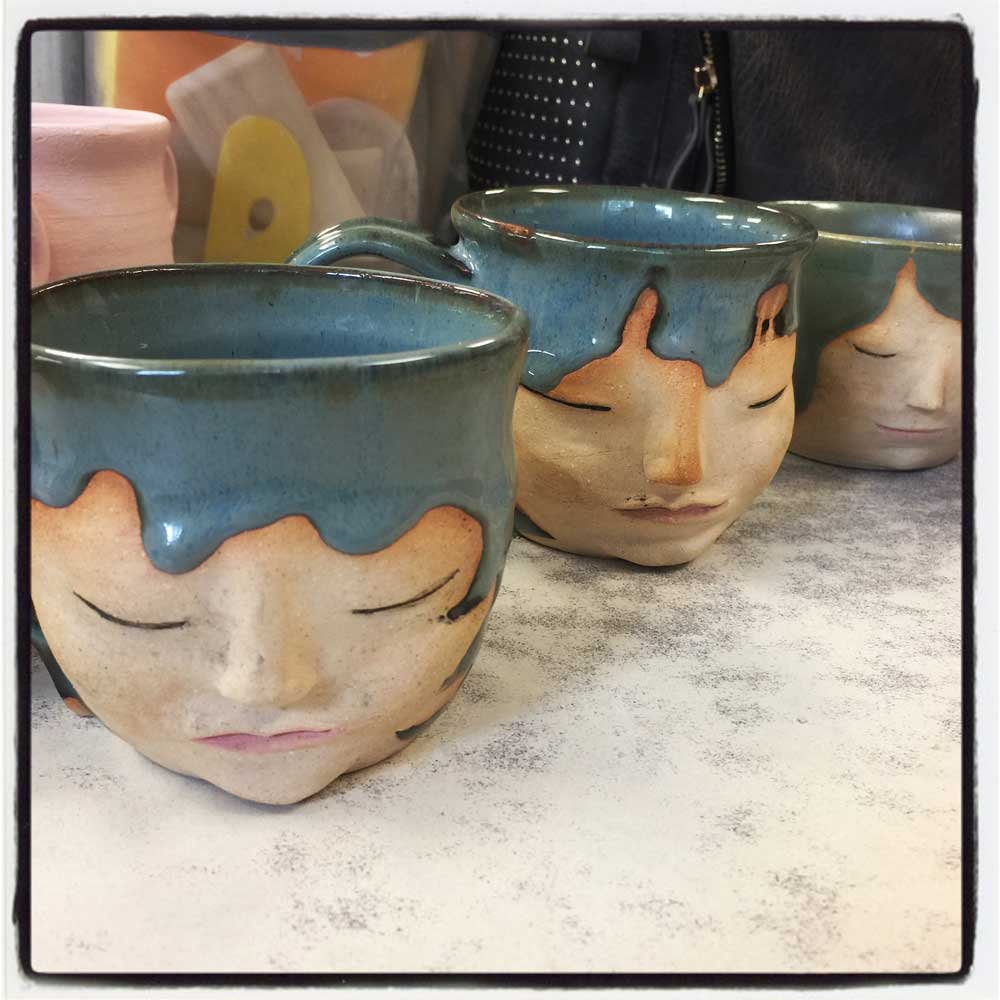
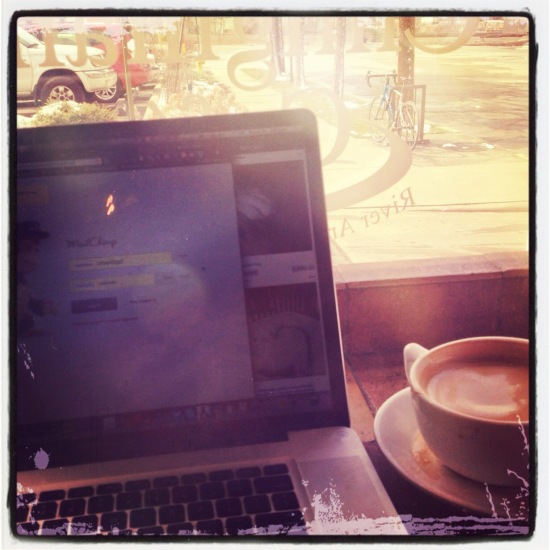
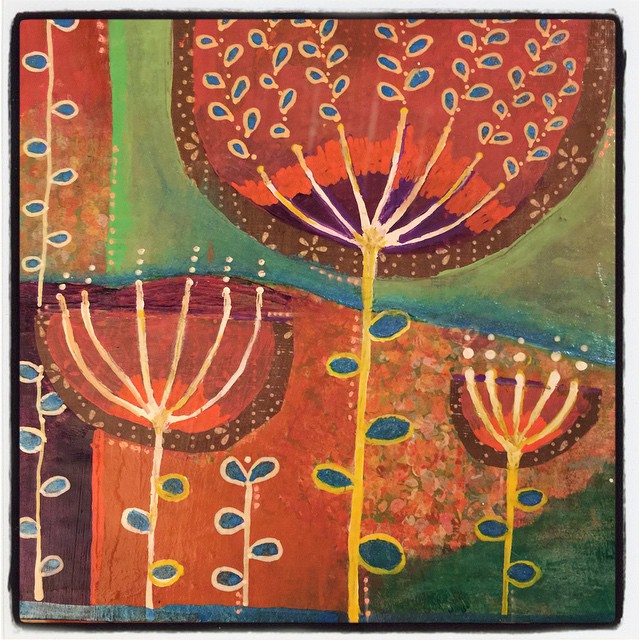
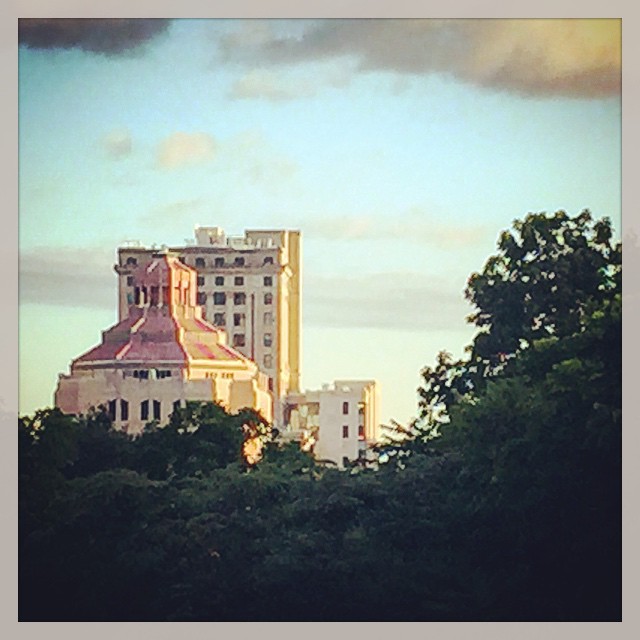
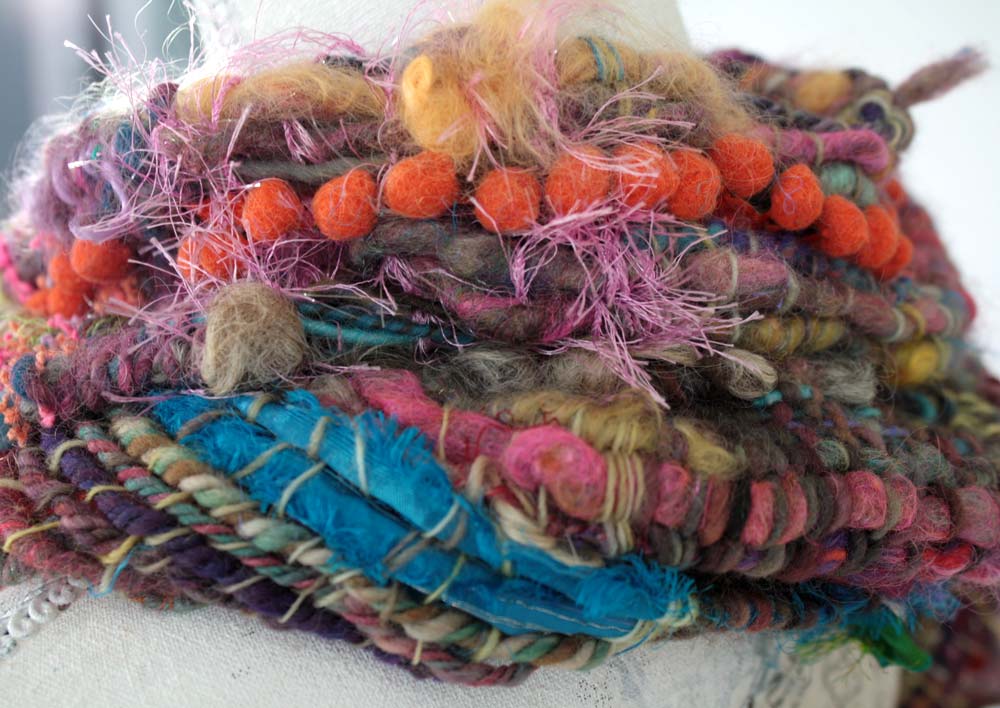
0 Comments